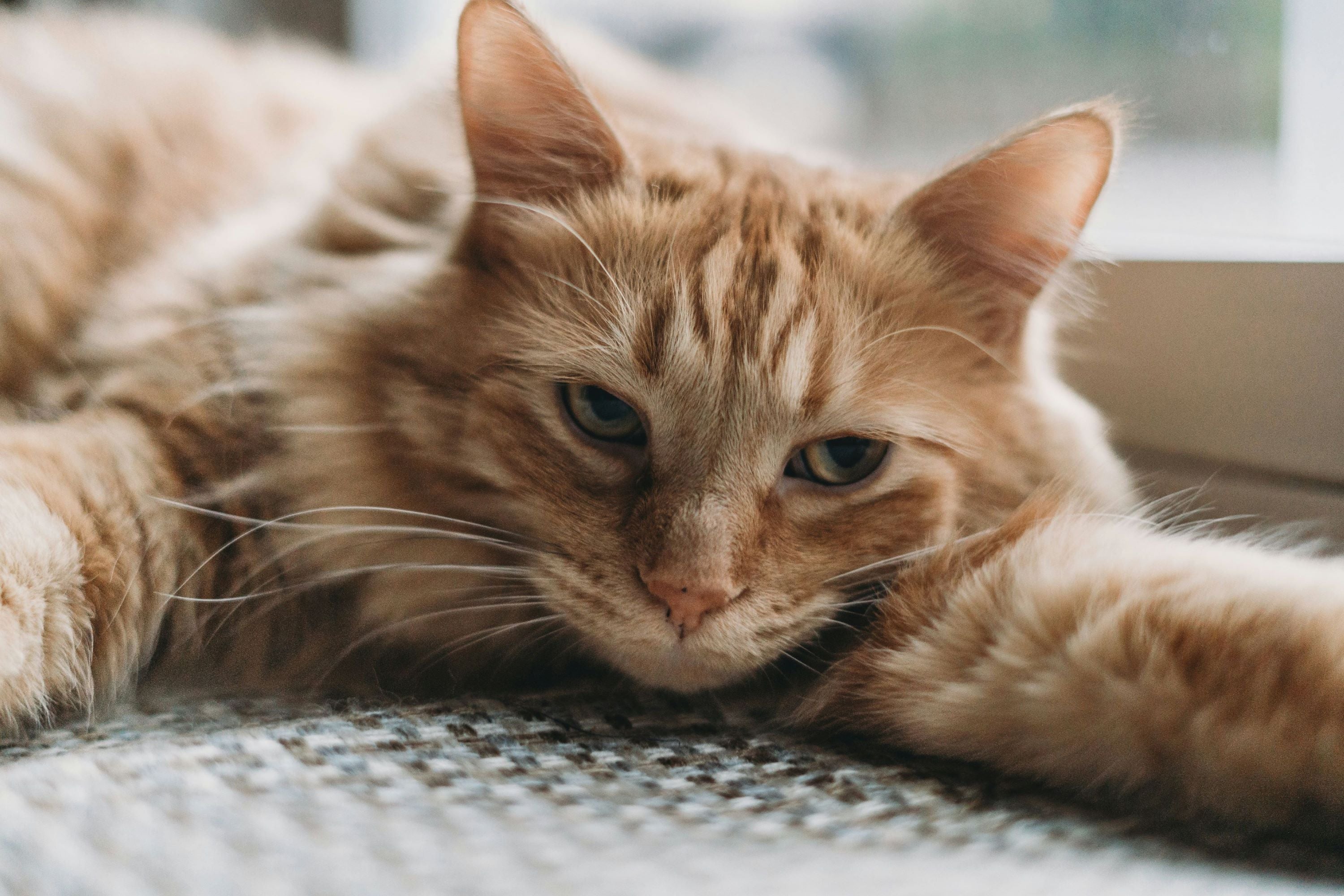Catnip, scientifically known as Nepeta cataria, has a magical allure that captures the hearts of our feline friends. If you've ever witnessed your cat rolling, purring, or playfully rubbing against a catnip-infused toy, you've witnessed the enchanting effects of this herb. In this article, we'll explore the science behind catnip, unravel the mysteries of why cats love it, and discuss responsible ways to incorporate this natural delight into your cat's life.
The Catnip Connection: A Brief Overview
What is Catnip? Catnip is a member of the mint family, known for its fragrant leaves and enticing aroma. The compound responsible for its effects on cats is nepetalactone, found in the leaves, stems, and seeds of the plant.
The Catnip Response: How It Works When a cat encounters catnip, it stimulates sensory neurons that trigger a range of behaviors. Most cats react by rolling, rubbing, purring, and exhibiting an overall sense of euphoria. The effects typically last for about 10 to 15 minutes, after which the cat becomes temporarily immune to catnip's charms.
Why Cats Love Catnip: Unraveling the Mystery
It's All About the Scent: Catnip's allure lies in its scent, specifically in nepetalactone. This compound mimics feline pheromones, activating sensory receptors in the cat's nasal tissue. The reaction is genetic, with approximately 50-75% of cats responding to catnip.
The Playful Effect: Catnip doesn't just entice cats; it also triggers a playful response. Rolling, batting, and general frolicking are common reactions, making catnip a natural and safe way to encourage exercise and mental stimulation.
Using Catnip Responsibly
Moderation is Key: While catnip is entirely safe for cats, moderation is crucial. Frequent exposure may lead to a decreased response over time. Limit catnip sessions to once every two weeks to maintain its effectiveness.
Diverse Forms of Catnip: Catnip is available in various forms, including dried leaves, sprays, and catnip-infused toys. Experiment to discover your cat's preference and provide a variety of options for stimulation.
Monitor for Sensitivity: Not all cats react to catnip, and some may be more sensitive than others. If it's your cat's first encounter with catnip, monitor their reaction to ensure it's positive and enjoyable.
DIY Catnip Toys: Crafting homemade catnip toys allows you to control the amount of catnip used. Stuff fabric with catnip, creating interactive toys that engage your cat's senses and provide hours of entertainment.
Understanding the science of catnip adds a layer of appreciation for this enchanting herb. By incorporating catnip into your cat's environment responsibly, you not only provide moments of delight but also contribute to their overall well-being. Whether it's observing the playful antics or sharing a quiet moment of contentment, catnip is a natural tool for enhancing the joy of your feline companion's life.


